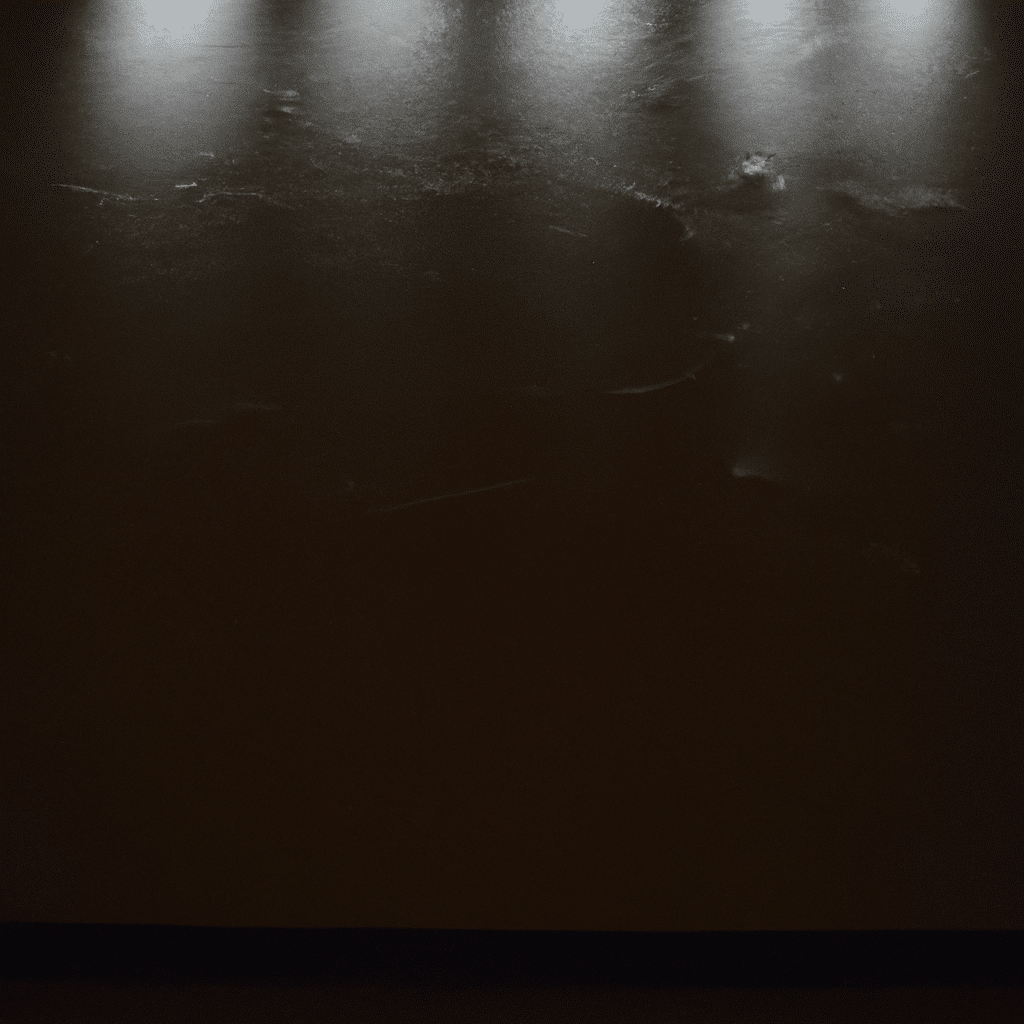We understand the importance of creating a comfortable and inviting living space. One key aspect that often gets overlooked is lighting. The right lighting can make a significant difference in how a room feels and functions. In this article, we will reveal the secret to achieving perfect lighting in your living room and provide you with practical tips on how to eliminate glare and eye strain. So, let’s dive in and discover how you can create a well-lit space that enhances both aesthetics and functionality.
Understanding the Impact of Glare and Eye Strain
Before we delve into the solutions, it’s crucial to understand why glare and eye strain are significant concerns. Glare occurs when there is excessive and uncontrolled brightness in a space, causing discomfort and hindering visibility. Eye strain, on the other hand, refers to the fatigue and discomfort experienced by our eyes when exposed to prolonged periods of intense light or poor lighting conditions.
Both glare and eye strain can have adverse effects on our well-being. They can lead to headaches, reduced productivity, and even long-term vision problems. Therefore, it’s essential to address these issues effectively to ensure a pleasant and healthy living environment.
Choosing the Right Lighting Fixtures
The first step in achieving perfect lighting is selecting the right fixtures for your living room. Consider the following factors when choosing lighting fixtures:
1. Determine the Purpose of Each Area
Identify the different functional areas in your living room, such as seating areas, reading corners, or dining spaces. Each area will require different lighting solutions to meet their specific needs. For example, task lighting, such as table lamps or adjustable wall sconces, can be used for reading, while ambient lighting, such as overhead fixtures or recessed lights, can provide overall illumination.
2. Opt for Adjustable and Dimmable Lights
To have full control over the lighting in your living room, opt for fixtures that offer adjustable and dimmable features. This allows you to customize the light intensity according to your preference and the specific activities taking place in the room. Dimmers can help reduce glare and create a cozy atmosphere during evening hours.
3. Consider the Style and Design
Lighting fixtures not only serve a functional purpose but also contribute to the overall aesthetic appeal of your living room. Choose fixtures that complement your existing decor and personal style. Whether you prefer modern, vintage, or eclectic designs, there are countless options available to suit your taste.
Implementing Lighting Techniques to Reduce Glare
Now that we have explored the importance of selecting the right lighting fixtures let’s move on to practical techniques to reduce glare and eye strain in your living room:
1. Use Task Lighting Appropriately
Task lighting plays a crucial role in reducing eye strain, especially for activities that require focused attention, such as reading or working on a laptop. Position task lights strategically to minimize shadows and ensure direct illumination on the task at hand. Adjustable desk lamps or floor lamps with adjustable arms are excellent options for directing light where needed while minimizing glare.
2. Balance Natural and Artificial Lighting
Take advantage of natural light whenever possible. Natural light is softer and more diffused, reducing the likelihood of creating harsh glares. Use curtains or blinds to control the amount of sunlight entering the room and position mirrors strategically to reflect and distribute natural light evenly.
Additionally, strike a balance between natural and artificial lighting by complementing natural light with well-placed artificial light sources. This combination will help reduce contrast and create a more harmonious lighting environment.
3. Avoid Overhead Lighting as the Sole Source
Relying solely on overhead lighting can create excessive glare and uneven illumination. Instead, consider layering your lighting by incorporating a variety of light sources at different levels. Combining ambient, task, and accent lighting will not only reduce glare but also add depth and visual interest to your living room.
4. Use Light Diffusers and Lamp Shades
To soften the intensity of light emitted by bulbs, consider using light diffusers or lamp shades. These accessories help scatter light and create a more gentle and even illumination. Opt for shades made from materials that diffuse light effectively, such as fabric or frosted glass.
5. Optimize Screen Placement
If you have a television or computer screen in your living room, ensure it is positioned to minimize glare. Avoid placing screens directly in front of windows or other light sources. Instead, position them perpendicular to windows or use curtains or blinds to block direct light. Additionally, consider using anti-glare screen protectors to further reduce glare and protect your eyes.
Conclusion
Achieving perfect lighting in your living room is not an impossible task. By understanding the impact of glare and eye strain, choosing the right lighting fixtures, and implementing effective techniques, you can create a well-lit space that enhances both comfort and functionality. Remember to consider the purpose of each area, opt for adjustable lights, and balance natural and artificial lighting. Additionally, be mindful of task lighting, avoid relying solely on overhead lighting, and use light diffusers or lamp shades when needed. By following these guidelines, you can eliminate glare and eye strain, creating a visually appealing and welcoming atmosphere in your living room.



